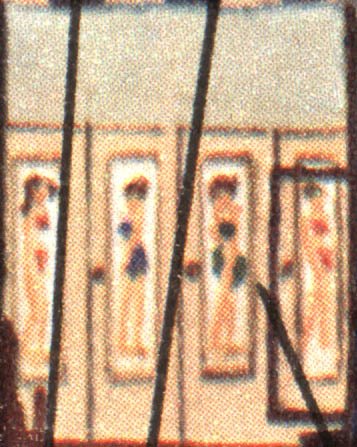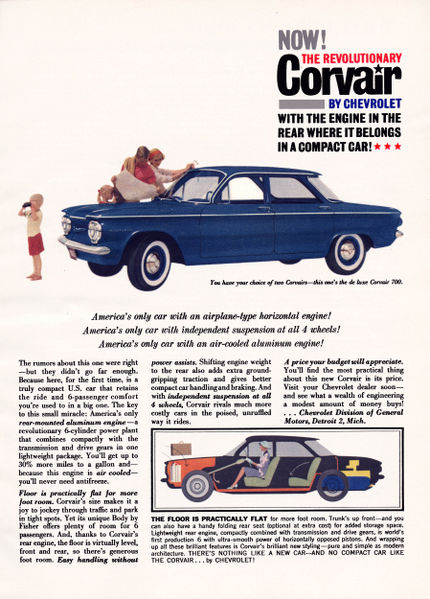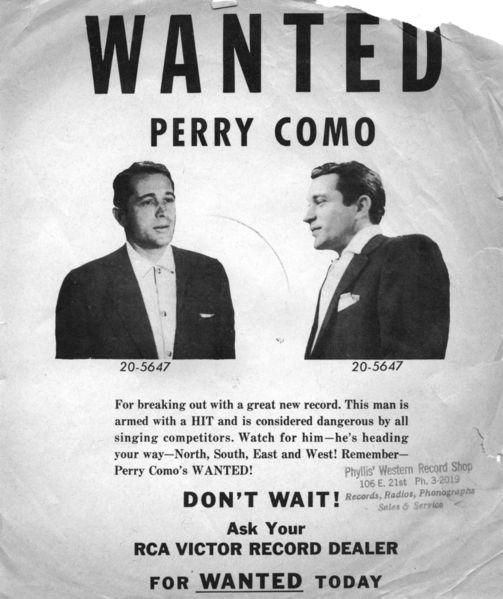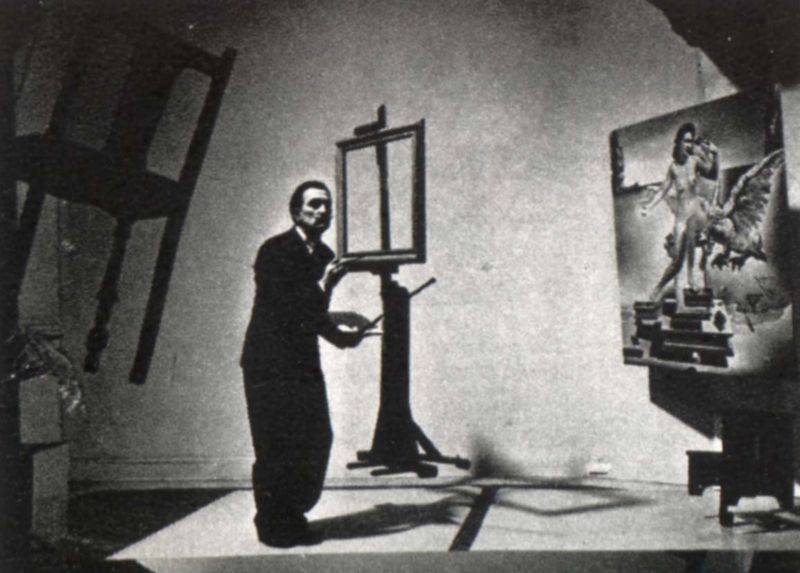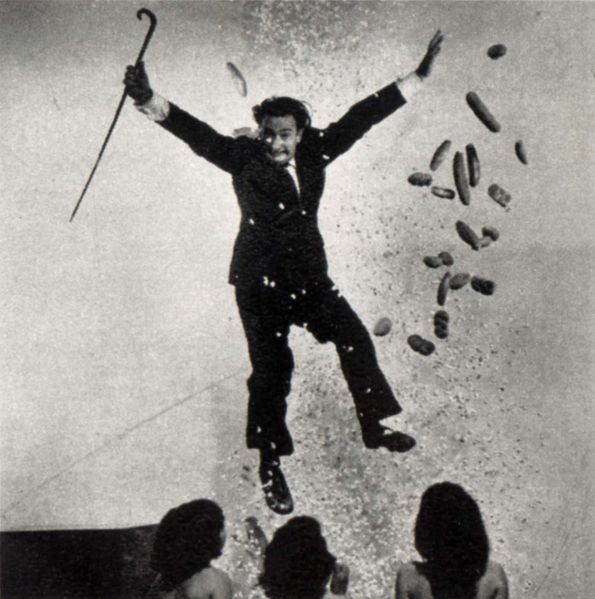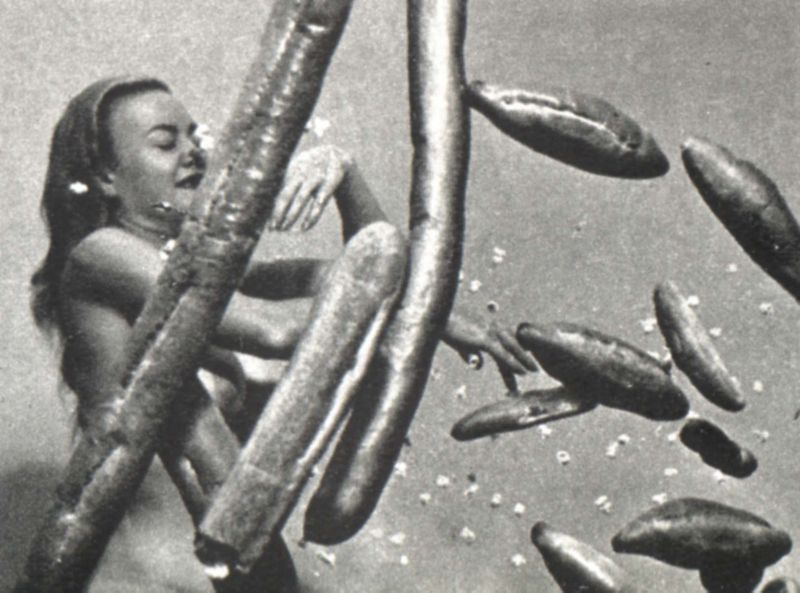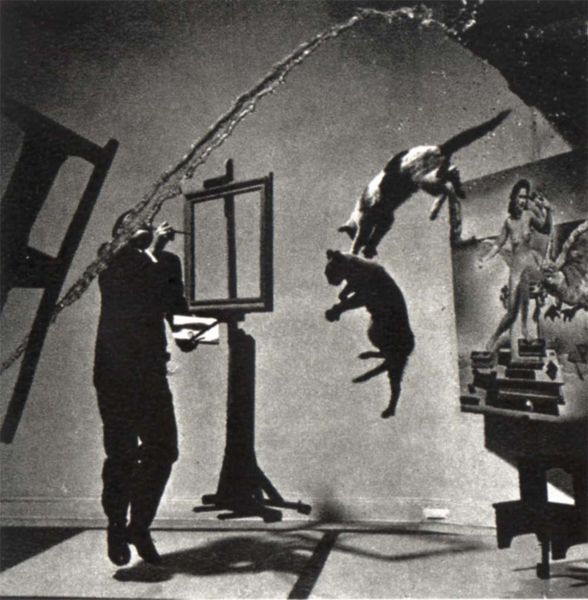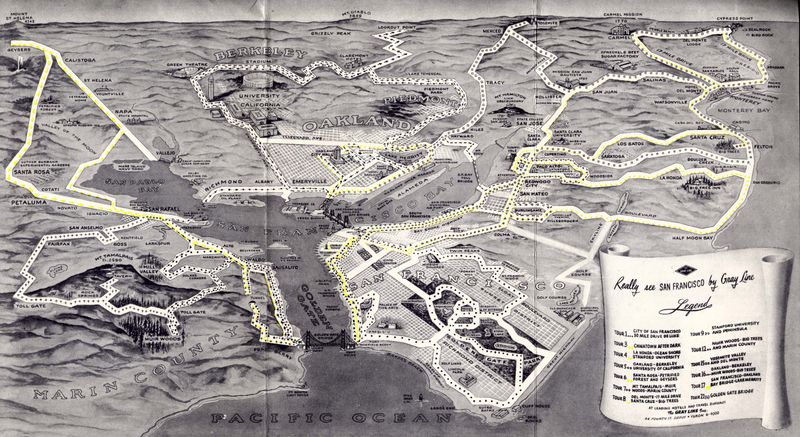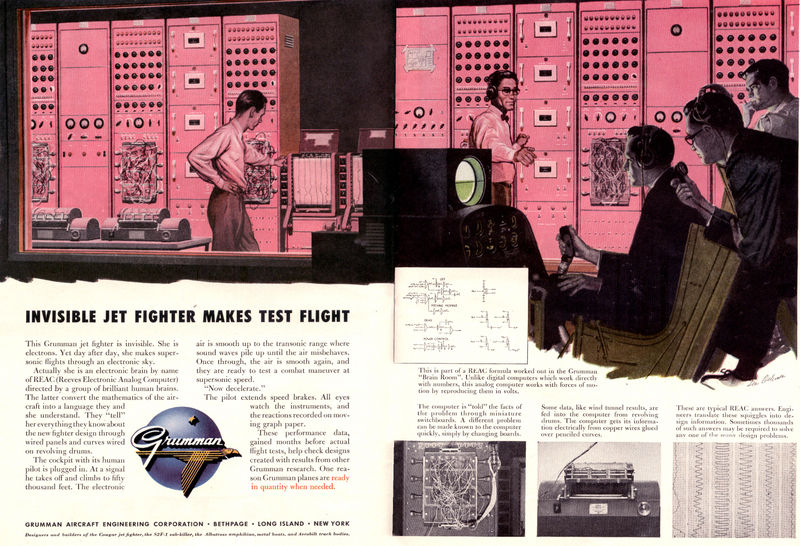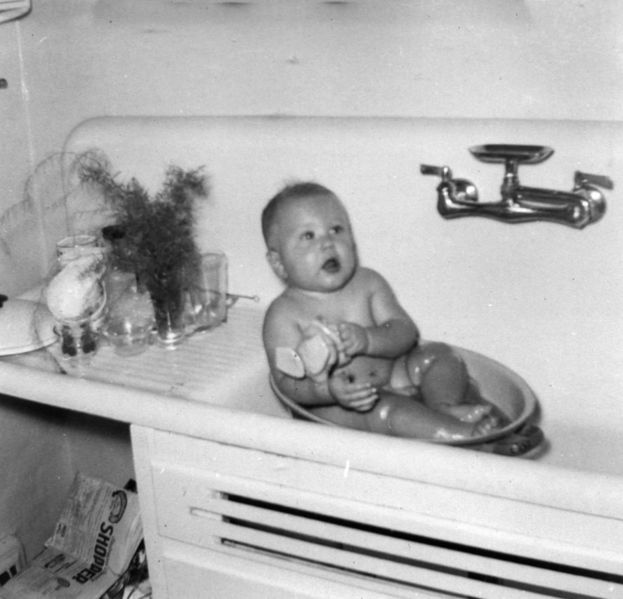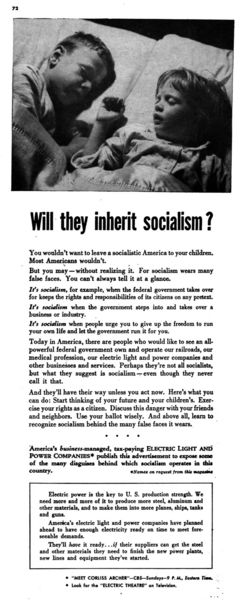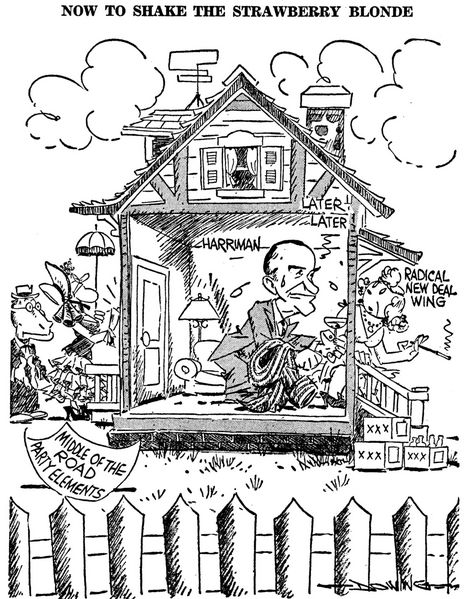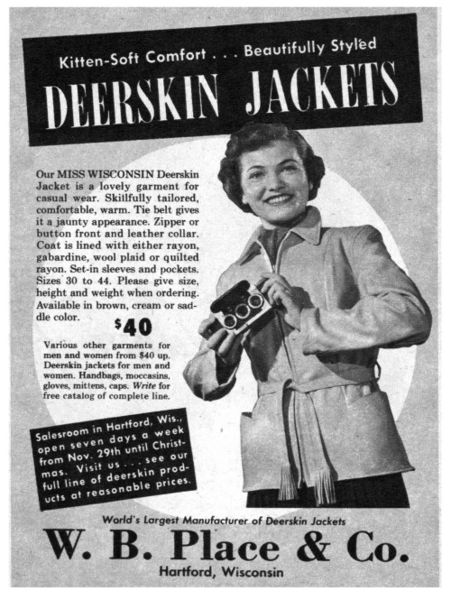 Today’s image isn’t about deerskin jackets, or who this model is, or about where in Wisconsin this advertisment comes from. In this lady’s hands comes one of the technological marvels of the twentieth century: the Stereo Realist, a 3D camera that the average person could own and use.
Today’s image isn’t about deerskin jackets, or who this model is, or about where in Wisconsin this advertisment comes from. In this lady’s hands comes one of the technological marvels of the twentieth century: the Stereo Realist, a 3D camera that the average person could own and use.
First manufactured in Milwaukee, Wisconsin in 1947, the camera was produced for nearly thirty years and enjoyed a lot of publicity and popularity for a time. The camera used regular 35mm film, still the standard size today, which also made processing more available to the public.
The advertisment comes from the Milwaukee Journal’s Sunday Picture Journal, December 7, 1958, putting it well within the era of the Stereo Realist’s popularity. The Stereo Realist had a very high-profile life, though, as a photographic toy carried by celebrities of all kinds, from Vincent Price to Dwight Eisenhower. What better way to add to the class and style of a deerskin jacket than to include a home-town boy that went and got famous? The camera had a reputation for being mechanically complex, but the designer accomodated this with quality structure, and the camera’s downfall wasn’t complexity or difficulty but an overall decline in 3d photography. Still, just put “stereo realist” into a search engine, and you’ll find rabid collectors who want the camera in the ad — that specific camera — in their collection.

